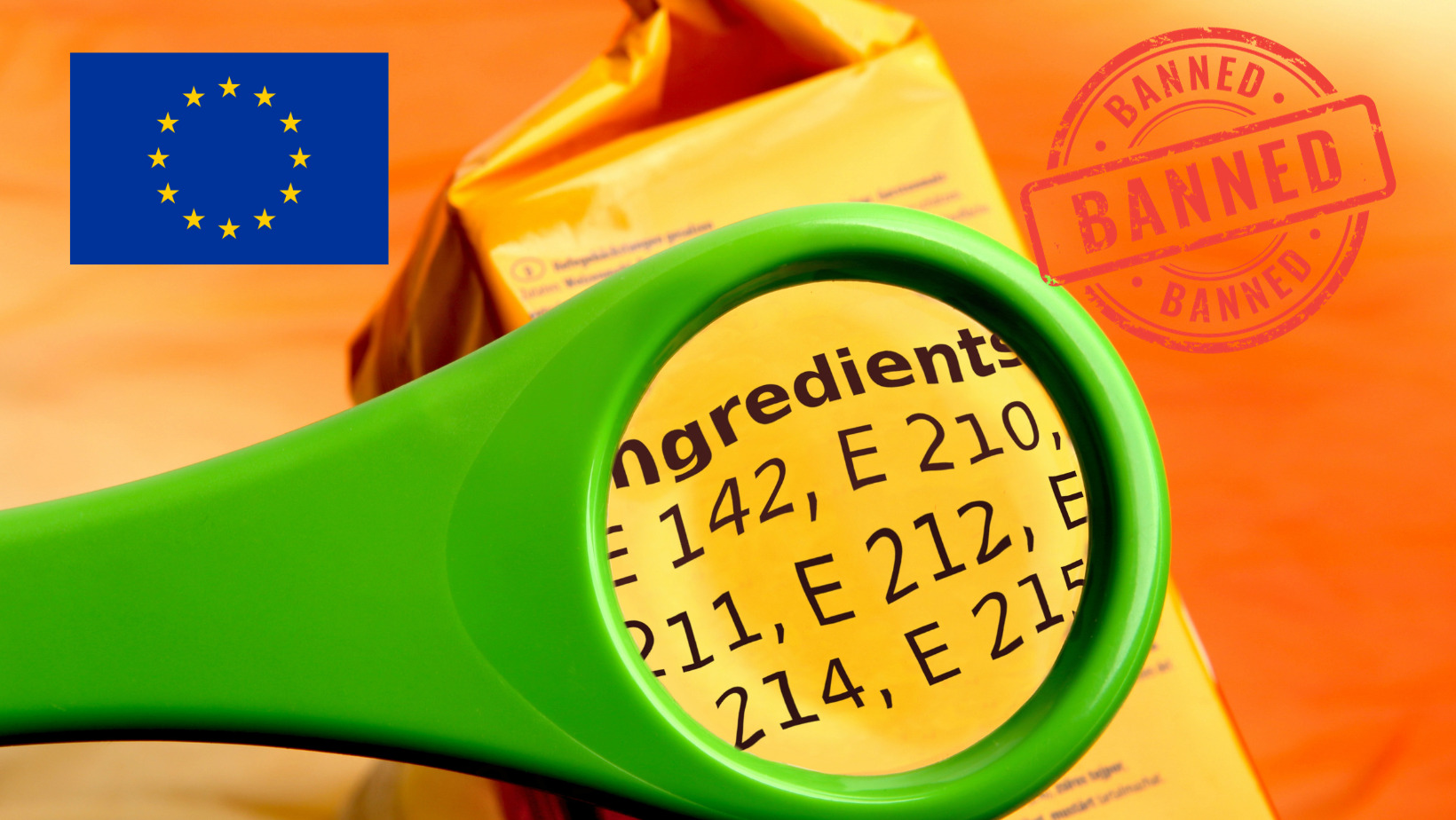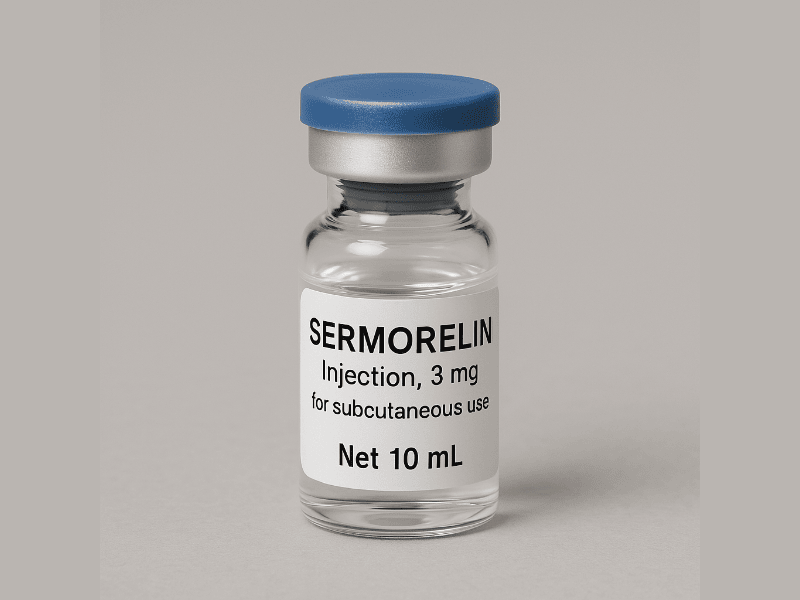Exploring Food Additives: Permitted in the US, Banned Abroad
Introduction
The global food industry is a complex web of regulations, with various countries adopting different stances on food additives and their safety. In the United States, certain food additives, deemed safe by the Food and Drug Administration (FDA), find their way into everyday consumables. However, the same substances might be prohibited in other nations due to potential health concerns. This article sheds light on some of these additives, exploring the dichotomy between American and international food safety standards.
1. The Controversy Surrounding Somatotropin
Somatotropin, a growth hormone, is synthetically produced as recombinant bovine somatotropin (rbST) to enhance milk production in cows. While the FDA has approved its use, concerns about its adverse effects on cattle and potential risks to humans have led to its ban in Canada and the European Union[1].
2. Ractopamine and Livestock
Ractopamine, used to promote lean meat production in livestock, has sparked debates due to its potential to increase heart rates in humans and cause issues in animals. While the FDA maintains its safety, the European Union and several other countries have prohibited its use due to potential health risks[2].
3. Olestra: The Fat Substitute
Olestra, once popular as a fat substitute in snacks, fell out of favor due to its side effects like nutrient absorption interference and gastrointestinal issues. While still FDA-approved, it was never sanctioned for use in Canada and the UK[3].
4. The Debate on Potassium Bromate
Utilized to enhance bread products, potassium bromate has been linked to cancer in rats. The potential risk to humans has led to its ban in several countries, including China and the European Union, despite its continued use in the US[4].
5. Azodicarbonamide (ADA) in Bread
ADA, used to improve the texture and durability of bread, breaks down into chemicals during baking, some of which have been associated with health concerns. While the FDA permits its use, the European Union has banned it for over a decade[5].
6. Synthetic Food Dyes and Hyperactivity
Certain synthetic food dyes, such as Red No. 40, have been associated with increased hyperactivity in children. While not banned in the US, the European Union mandates warning labels on products containing these dyes[6].
7. Brominated Vegetable Oil (BVO) in Beverages
BVO, used to maintain flavor consistency in beverages, has been linked to potential health issues with high consumption levels. While permitted in the US, it has been banned in the European Union and Japan[7].
Conclusion
The disparities in food additive regulations between the United States and other countries highlight the complexities and ongoing debates in food safety and public health. While the FDA continues to deem these additives safe, other nations adopt a more cautious approach, banning substances that might pose potential risks. As consumers, it is pivotal to stay informed about the ingredients in our food and to navigate the grocery aisles with an understanding of these global perspectives.
🍏 Embark on a Journey Towards Conscious Eating with Text2MD
At Text2MD, we believe in empowering you with knowledge and insights into the world of nutrition and food safety. Our expert team is dedicated to exploring and unraveling the complexities of the global food industry, ensuring you are informed and conscious about your food choices.
👉 Explore Our Range of Services tailored to meet your unique health and wellness needs. From comprehensive health insights to personalized consultations, we ensure that your journey towards conscious eating is in expert hands.
Schedule a Functional Medicine Consultation Today and step into a future where your food choices are informed, empowered, and conscious.
—
References:
1: Mental Floss Article
2:FDA Ractopamine Information
3:FDA Olestra Information
4:FDA Potassium Bromate Information
5:FDA ADA Information
6:FDA Food Dyes Information
7:FDA BVO Information





